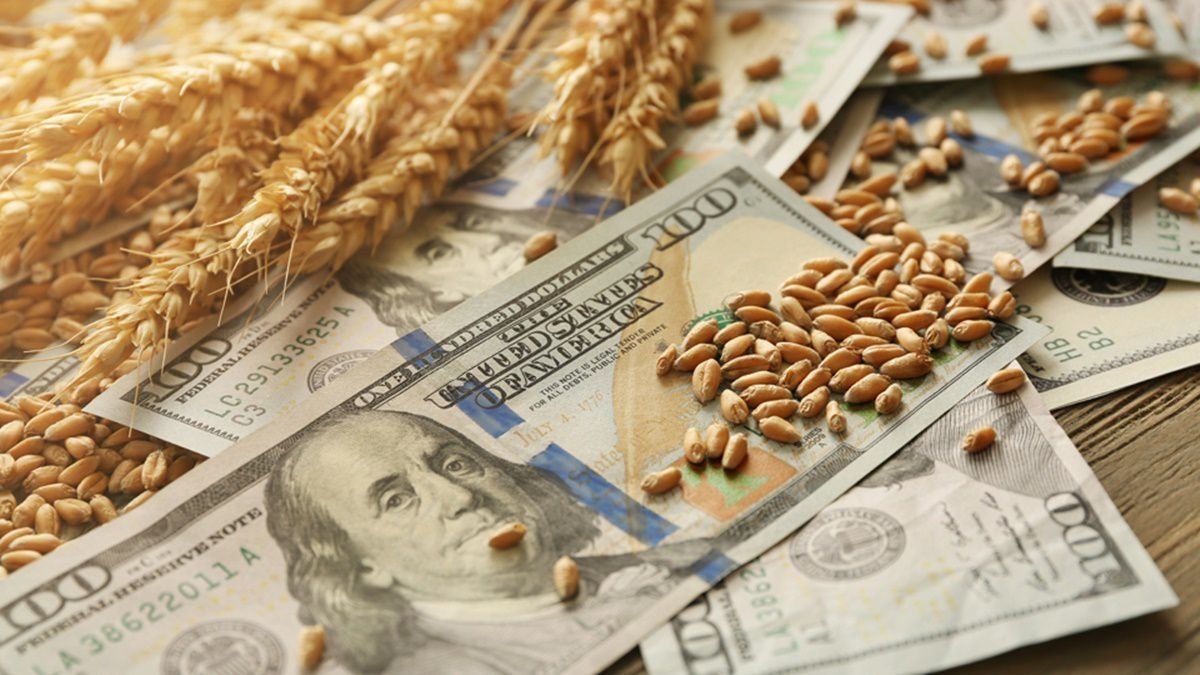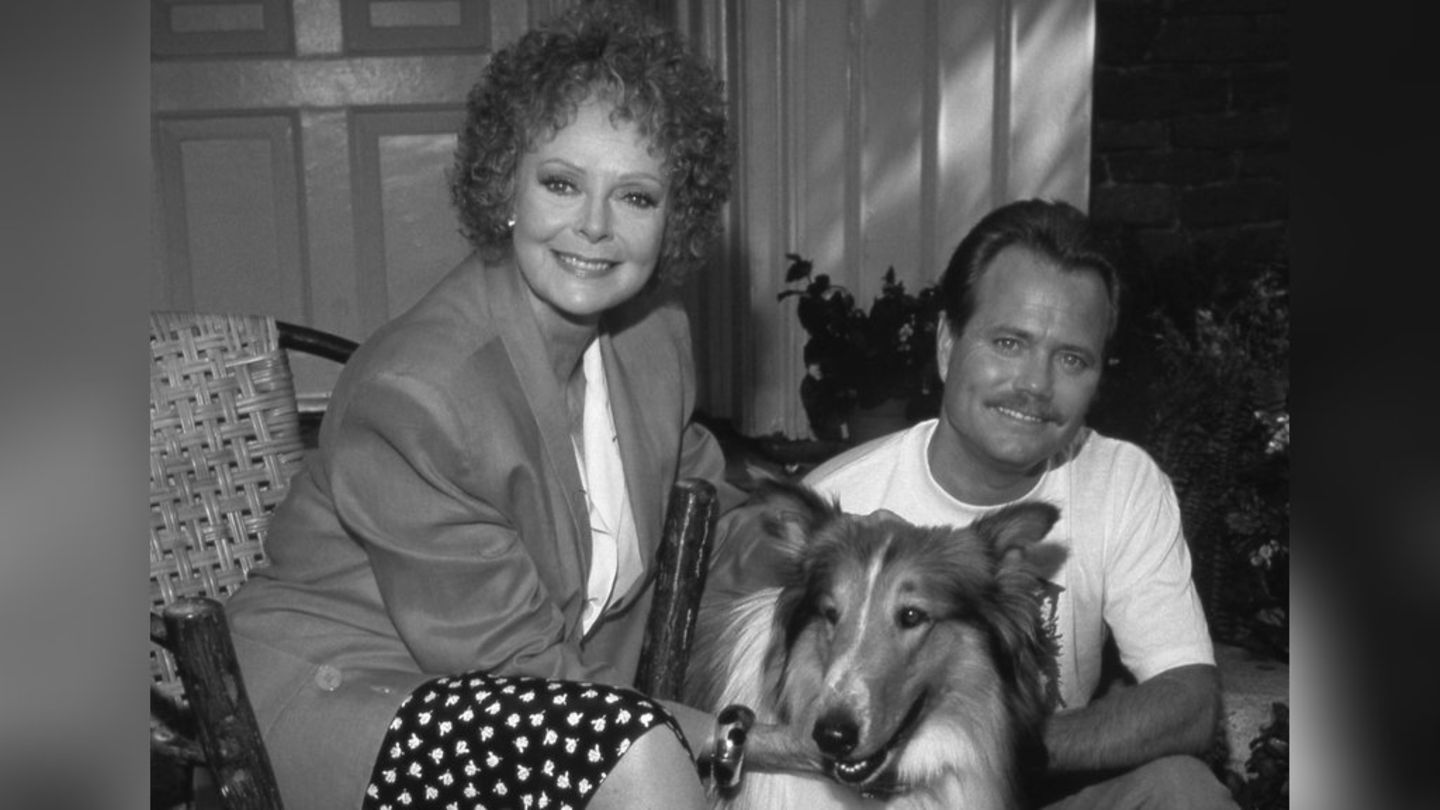Livestock companies increased a 86% The level of indebtedness during 2024by expanding its liability at 395 million dollars, according to a report from the Rosario Stock Exchange (BCR).
The report revealed that last year “livestock companies almost doubled the level of indebtedness, going from a balance of US $ 457 million at the end of December 2023 Au $ S852 million at the end of 2024”.
However, he explained that “measured in dollars, the total amount owed at the end of 2024 is slightly below the average of the series (2007-2024)”, indicating that “the year that registered the greatest indebtedness was 2017, with US $ 1,406 million while, within the period analyzed, the year 2007 was the one that recorded the lowest level of indebtedness, with a final balance of US $ 378 million.”
When presenting the reasons that generated the rise in indebtedness, the study stated that “part of this expansion of livestock liabilities may be oriented to finance the retention of the Treasury or, even, to new farms”, on which he pointed out that “This will be a point to respond in the coming months, in the light of the indicators that ends up reflecting the activity.”
Regarding the total owed at the end of 2024, he explained that “22% corresponds to loan balances taken in foreign currency, about US $ 184 million, while the remaining balances come from loans taken in pesos that, converted to the reference change rate, equals about US $ 668 million.”
Rosgan_1_198.png
The report revealed that last year “livestock companies almost doubled the level of indebtedness.”
AGRO: DOLLARD FINANCING RECOVERY FOR THE SECTOR
In this regard, from the BCR they affirmed that “in this last year, ato strong recovery of credit arranged in foreign currency, After three to four years of very low participation “, remembering that” during the years 2018 and 2019, the sector came to register a higher level of foreign currency indebtedness than in local currency reaching 54% of the total owed. “
When analyzing this panorama, they revealed that “in the particular case of livestock, these statistics reflect a large part of the total financing that enters the sector, since, unlike agriculture, the commercial financing it receives outside the sector is very low, in relation to the capital invested.”
In this regard, they said that “the largest investment required to initiate a productive approach, More or less intensive, it consists in the purchase of the farm, something that, in most cases ends up being financed by another producer, through the commercial deadlines that are granted at the time of sale. “
On this reality, they contributed that “although livestock activity has managed Through this self -financing that manages to chain among the different production links from the breeding to the task, The truth is that, many times when what is attempted is to retain bellies or extend the winter or fattening cycles, nor business deadlines, nor the costs of that financing are suitable for those purposes. “
In short, they indicated that “This shortage of financial instruments with which, in general, the sector has had to work over the years, it ends up reflecting in stagnation in which the activity has entered, both in terms of the number of heads in stock and kilos of meat produced. “
Source: Ambito




